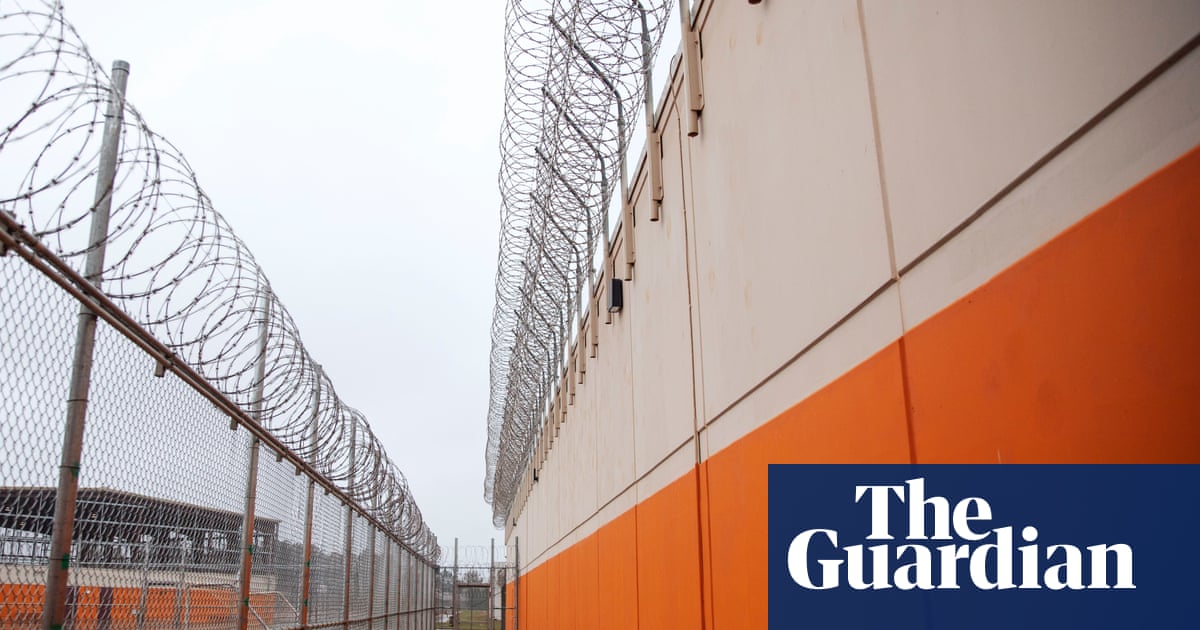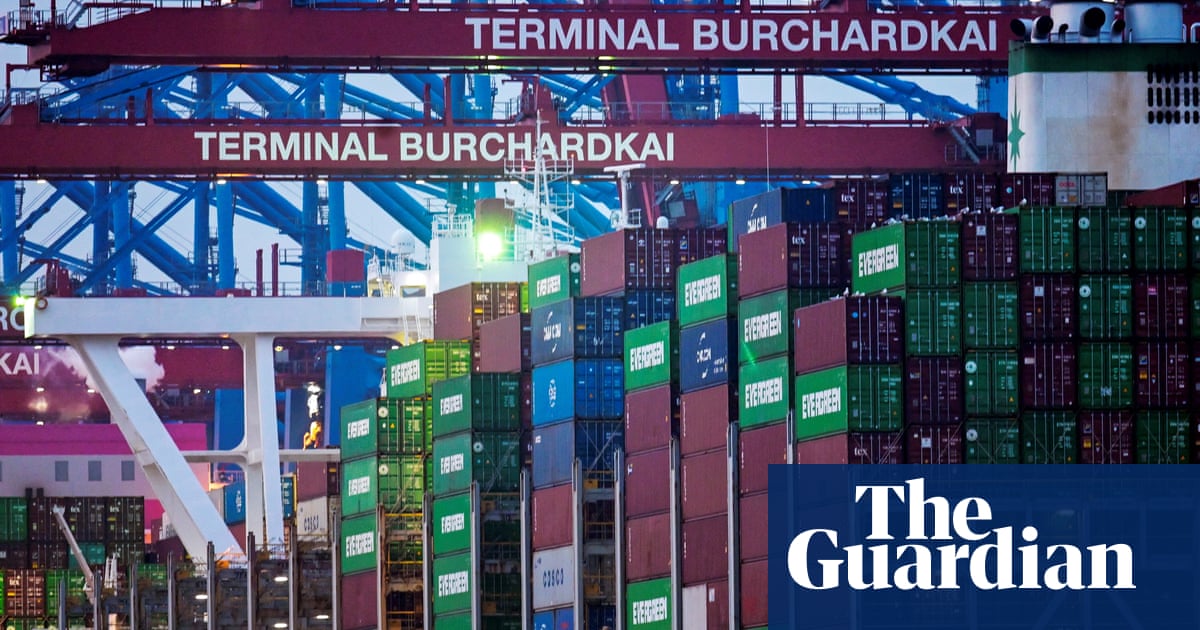In his classic study of the 17th-century Dutch golden age, The Embarrassment of Riches, the art historian Simon Schama showed how the biblical story of Noah’s ark resonated in a culture where catastrophic floods were an ever-present threat. The history of the Netherlands includes multiple instances of storms breaching dikes, leading to disastrous losses of life and land. These traumatic episodes were reflected in the country’s art and literature, as well as its engineering.
In countries where floods are less of a danger, memories tend to be more localised: a mark on a wall showing how high waters rose when a town’s river flooded; a seaside garden such as the one in Felixstowe, Suffolk, to commemorate the night in 1953 when 41 people lost their lives there.
If we can learn anything from these examples today, it should be a lesson both about nature’s destructive power and humanity’s capacity to adapt. But as with the other sorts of damage caused by rising global temperatures, neither the risks nor resources to deal with them are evenly shared out. As sea level rises cause low-lying parts of the world to be inundated, one of the authors of an alarming new paper, Prof Jonathan Bamber, points out that countries such as Bangladesh will be far more severely affected than the Netherlands, with its centuries-long history of holding back the waves.
The paper shows that even if carbon emissions are slashed to meet the internationally agreed target of 1.5C, sea level rises will become unmanageable during this century. It argues that a truly safe limit is likely to be 1C or lower, meaning seas would be unlikely to rise more than 1cm per year. Around the world, about 230 million people live within 1 metre above the current sea level. In England, a 1-metre rise would see large parts of the Fens and Humberside below sea level – and thus underwater – unless coastal defences can somehow protect them.
These disturbing findings are made more ominous by the fact that even the existing 1.5C goal is moving out of reach. The continued use of fossil fuels and other environmentally destructive practices have set the world on a course towards at least 2.5C of heating. This is almost certainly beyond the tipping points for the Greenland and west Antarctic ice sheets, and is expected to trigger what the researchers call a “really dire” sea level rise of around 12 metres.
Visions of melting ice caps and flooded coastal cities induce fear and helplessness. But people will adapt to sea level rises in the future as they have in the past. This is not to deny or underplay the scale of the threat, but to stress the importance of preparing for changes which are now inevitable, as well as trying as hard as possible to avoid the worst-case scenarios. The less rapid and extreme the changes, the more likely it is that sea defences will be able to reduce destruction in some places, and people will be able to migrate inland, away from unsafe coastal areas, in an orderly way.
Donald Trump has pulled the US out of the UN loss and damage fund created to help communities in poorer countries that are stricken by climate disasters. The latest warnings about sea level rises point to the immoral folly of this approach. It is in all our interests to prepare for what is coming, and to ensure that others are prepared too.

 6 hours ago
5
6 hours ago
5

















































